Is your water brown or is there foam in your hot tub? Eww! That’s definitely not good a good sign. We want to help you with your hot tub maintenance by giving you a better understanding on how and when you need to clean, drain, winterize, or open your hot tub.
From understanding the difference between bromine and chlorine to the best temperature for your hot tub, to our Hot Tub and Spa Safety Checklist, to underlying reasons why your hot tub water is cloudy, we’ll help you!

Hot tub maintenance tips
What chemicals are needed to maintain your hot tub?
There are many different types of hot tub chemicals available on the market today and that can make it challenging for anyone to understand.
For instance, did you know that certain types of chlorine products can actually raise your calcium hardness or your chlorine stabilizer? Or, did you know that using copper based algaecide and shocking can turn your water and your hair green? Check out our list of hot tub chemicals and why they are important for your hot tub.
How to clean your hot tub
Hot Tubs need to be kept clean and safe by keeping the water balanced first and foremost, but they need to be physically cleaned as well due to the buildup of contaminants such as oils, makeup, lotions, sweat and a long etcetera.
Proper hot tub maintenance includes cleaning the inside and outside of the tub every 3 to 4 months, and cleaning the filter monthly. The more you use your hot tub the more frequently you may need to clean it. Tale tale signs are peculiar odors, murky water, or contaminants floating in your tub.

Here are 9 steps to guide you through cleaning
- As always, read the manufacturer’s instructions prior to beginning.
- Make sure you have what you need for the job and allocate enough time to finish before you start.
- Clean your lines with a flush product to remove the biofilm and gunk that may have accumulated. Typically, the water will need to be circulated for a period of time to ensure that it has time to work properly (some products recommend overnight so plan accordingly depending on what product you use).
- Drain the water.
- Wipe down the interior and exterior with your favorite brand of hot tub cleaning solution and a soft cloth or non scratch sponge/scrubber (refer to your manual again for recommendations). *Be sure to thoroughly rinse so that you get all of the cleaner off and minimize the risk of foaming or oiling.
- Clean your filter(s) by using a cleaning spray or soaking in a cleaning solution and/or spraying with a garden hose.
- Refill your hot tub with fresh water.
Pro Tip: Consider using a filter on the end of your hose to filter out calcium and/or metals if your fill water has high levels.
- Test and balance your water in order to ensure it will stay crystal clear.
- Heat your hot tub and circulate for 24 hours, then test again and adjust as needed.
- Once your water is balanced it’s time to enjoy the fruits of your labor and go for a nice safe and relaxing soak with friends and family!
For more detailed information and tips, you can also reference this helpful site.

